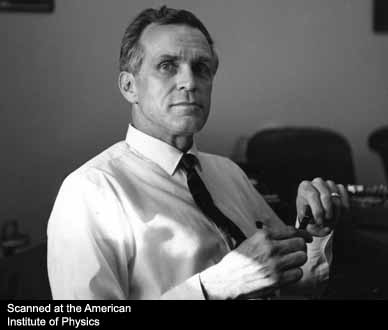An Analysis of the Silvertooth Experiment
Year: 1989
Keywords: special relativity, first-order test of special relativity, anisotropy wavelength of light, phase measurement, interference fringes
An analysis is made of the experimental features of Silvertooth's experiment, which claims to detect an ether wind using counterpropagating optical beams. The author confirms Phipps's conclusion that the bright fringes (antinodes) that Silvertooth observes at the output of his photodetector cannot be affected by the phase of the light signal at the photocathode. In particular, an output fringe cannot have a negative value. Our analysis shows that Silvertooth's use of ac-coupling between his photodetector and the oscilloscope on which the fringe profiles are displayed will cause what are actually nulls (nodes) to appear on the display to be fringes of negative amplitude or ?inverse phase.? If he had used dc-coupling all the null regions would non-negative, and this confusion would not be possible. His observed effects attributed to the ether wind could be caused by a very small misalignment (of the order of 1/4) in a total traverse of his photodetector/mirror system of approximately 500.


